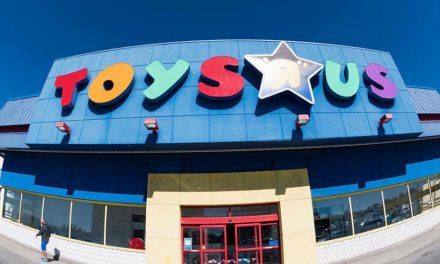
The virtual Post Office
The world is going online
In its “Worldwide Online Population Forecast, 2006 to 2011”, Jupiter Research anticipates that a 38% increase in the number of people with online access will mean that, by 2011, 22% of the earth’s population will surf the Internet regularly. Jupiter Research believes the worldwide online population will increase at a compound annual growth rate of 6.6% during the next five years, far outpacing the 1.1% compound annual growth rate for the planet’s population as a whole. The report states that 1.1 bn people currently enjoy regular access to the Web.
Post Office networks empowering technology to develop ebusiness
There are a number of business issues facing the global Post Office industry at the moment, not least increased competition, fewer customers and high fixed costs. However, the priorities for the sector are still the traditional ones of keeping existing customers happy, attracting new ones, and trying to reduce costs. Post Office networks are now looking for more innovative ways of achieving these goals and are investing heavily in technology to develop ebusinesses to help drive sales and attract new customers. Currently, less than 50% of the 650,000 Post Offices throughout the world are electronically linked claims Paul Donohue, the e-Business Programme Manager for the Universal Postal Union (UPU). “This is currently a major focus for the UPU in assisting Post Office networks in under developed countries to become e-enabled” he states. Donohue believes there should be much greater use of e-Government services within Post Office networks. “This is an untapped opportunity in all areas in all countries and is a fabulous opportunity for both Post office networks and Governments to work more closely together for mutual benefit”.
Post Offices and multi-channel retailing
In more developed countries there is a rapid advancement in technology and internet access, increasing the demand for Post Office networks to offer their customers a fully integrated, seamless multi-channel experience, where a full range of products and services can be ordered online and either collected in-store or delivered to a specified location. Far from being displaced by internet-based online shopping, the concept of a physical Post Office is therefore more relevant than ever. Post Office executives increasingly recognise the advantages of serving customers across multiple channels and can opt for either a ‘virtual’ (online) or ‘physical’ (store/shop) experience, or integration of both. However, for the physical experience to be fulfilling for both parties – measured initially by the actual purchase of a product or service, followed by regular, repeatable transactions – the store layout, and the technology used within it, must be developed accordingly. A poor layout, hampered by inappropriate or badly implemented technology, can have a disastrous effect on the Post Office bottom line, and will drive customers away.
Technological Development
In the face of stiff competition for the share of a customer’s wallet, and to combat challenging market conditions, technological innovation is required within a Post Office, spanning elements such as a versatile retail operating system, product range and availability, customer service, customer experience, and real time information. As a direct result, the next generation Post Office will require the deployment of diverse technologies that will serve the consumer not only on the high street but also in the home. For early adopters of a multi channel focus, there is already strong evidence this strategy is starting to pay dividends. In a recent article in World Mail Review (May 2007) Alan Cook, Managing Director of the UK Post Office, stated that his organisation had already developed a truly multi channel offering, and expected 20% of all sales to come from the internet or phone by 2011. In one typical week the Post Office sold over 10,000 car insurance policies and 60% of those sales were from the internet and telephone.
A Final Thought
With the impressive global reach of the internet, should Post Office networks now collaborate commercially and work together to develop online affiliate schemes that will create new revenue streams? One area where this could work effectively is philately. Most posts produce special commemorative stamps on a regular basis and this is usually a very profitable arm of the business. Stamp collecting is still one of the world’s most popular hobbies with an estimated 50 million stamp collectors – an ideal opportunity to sell your own country special issue stamps to a global audience through reciprocal ecommerce agreements with international Post Office networks . . .













